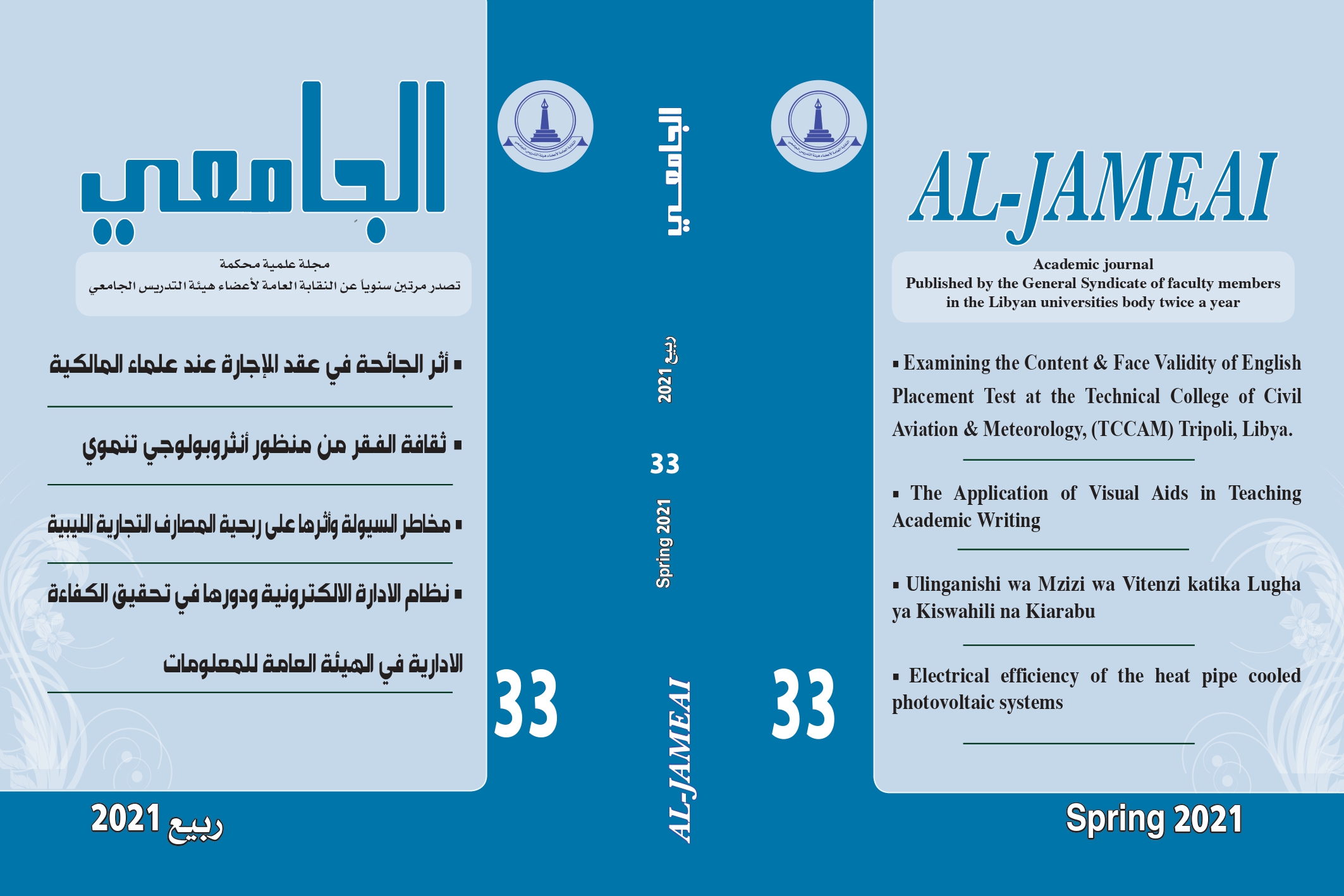التطور العمراني والمعماري لمدينة بنغازي في القرن العشرين وبداية الألفية الثالثة
Abstract
Abstract:
The city is the most human stabilization complex in form and in content. As human stabilization, it is made of two main elements: first, the fixed physical element which is urban structures such as buildings and roads. The second, the organic element, the human presented as the population of the city. The city is the most known interaction between humans “community” and space “natural environment” and in which we can find the most diverse and intense human and social activity. All this reflect the ability to adapt with expected changes and how far can plans response to rapid changes whether they were expected or not. However, the element of surprise is the decisive in radical change resulted of disasters and wars. And by that, the determination and path on which reconstruction is based on must be provided to find urban and architectural solutions to overcome the expected deficit and deformation caused by many crises.
After studying Benghazi, we can observe the political and economic changes that happened in Libya during the beginning of the twentieth century concluded in Italian occupancy, discovery of oil in the second mid half, absence of urban authority ending with 2011 events all this had led to appearance of several distortions. In order for us to shed some light on some feathers of this distortions. The main goal of this research is to analyze the current situation and to put comprehensive visualization that directs urban and architectural concepts and the restrictions that controls them. We will quickly digression to the history of urbanism in Benghazi, urban development of the city in the beginning of the twentieth century and the beginning of twenty- first century, the reasons and motivations as characterizes to this urban and architectural development qualitatively and qualitatively using different periods of time that reflects the political and economic on the city. Also, what rule urban and architecture planning plays in defining crises and reducing and avoiding them. Also, putting comprehensive development plans for the city on architectural and urban levels and reviewing conclusions to ensure sustainable urban and architectural development with an independent identity.
Downloads









